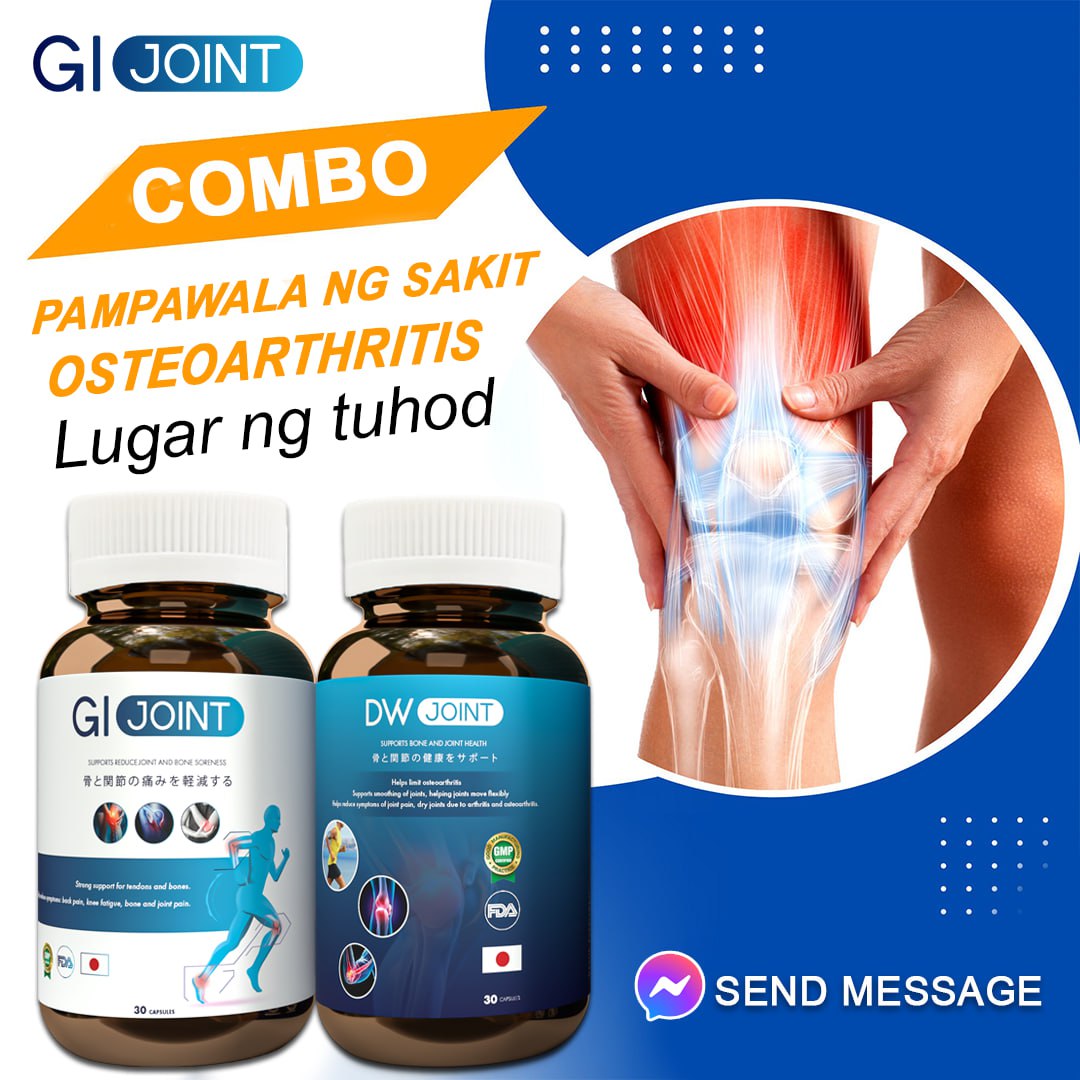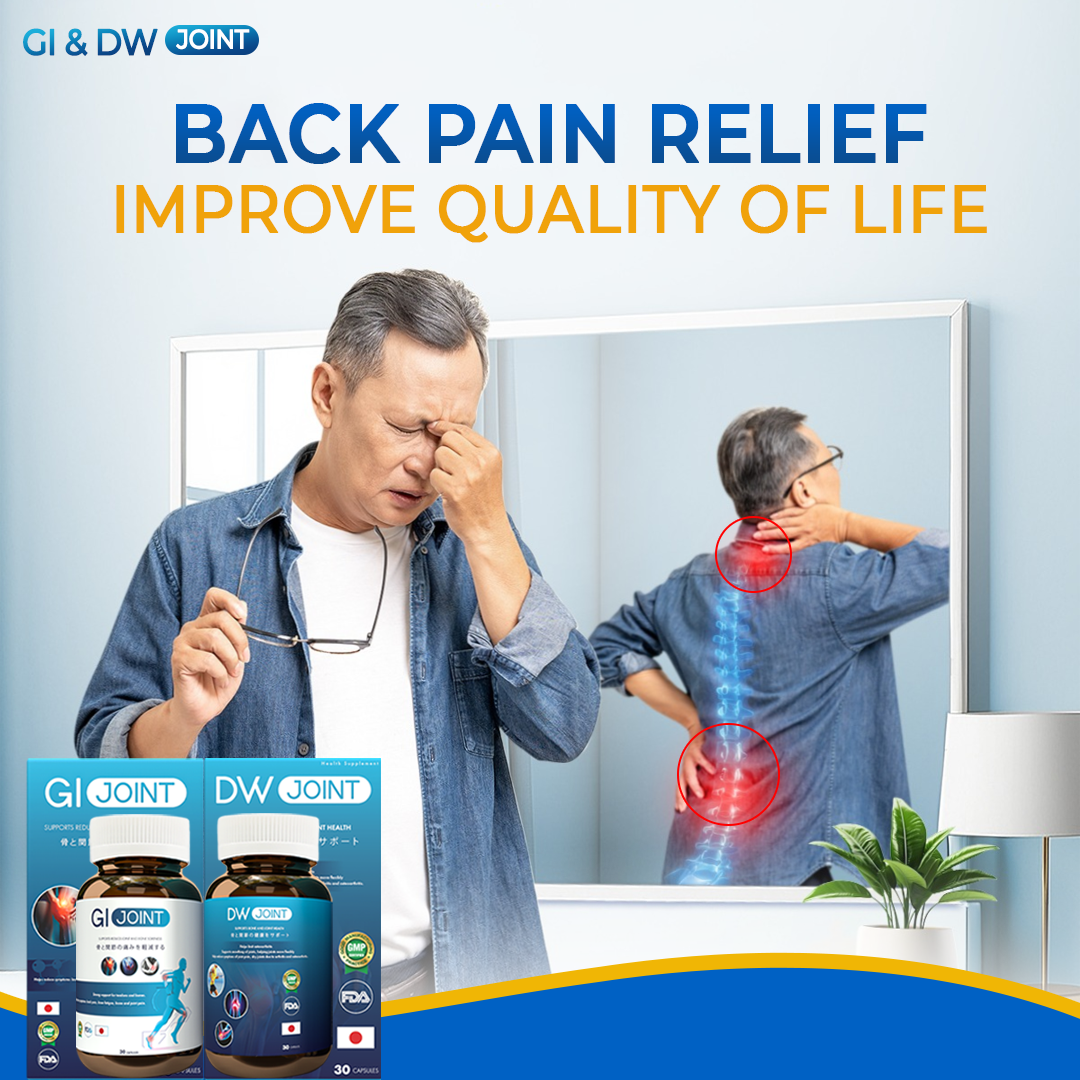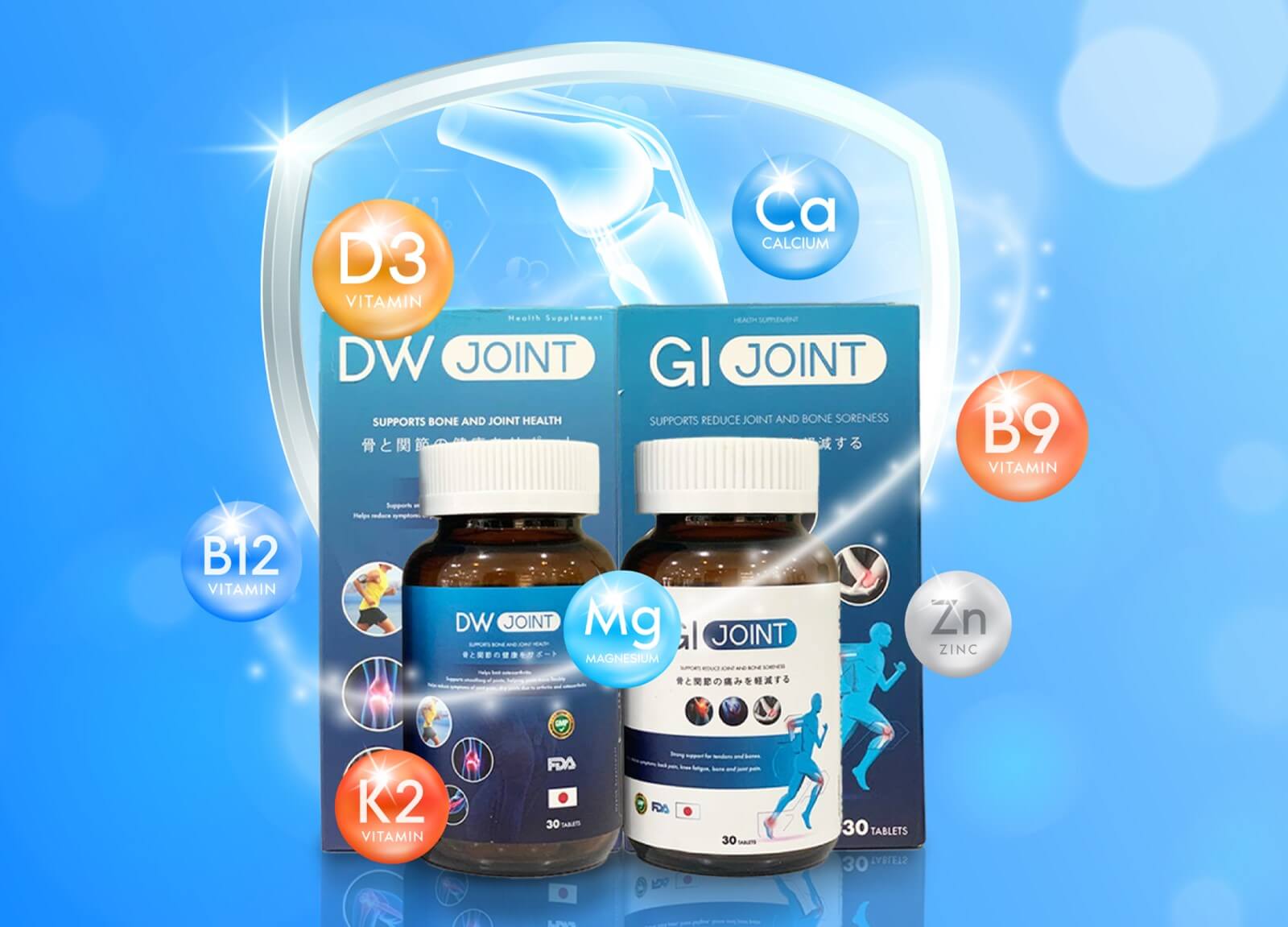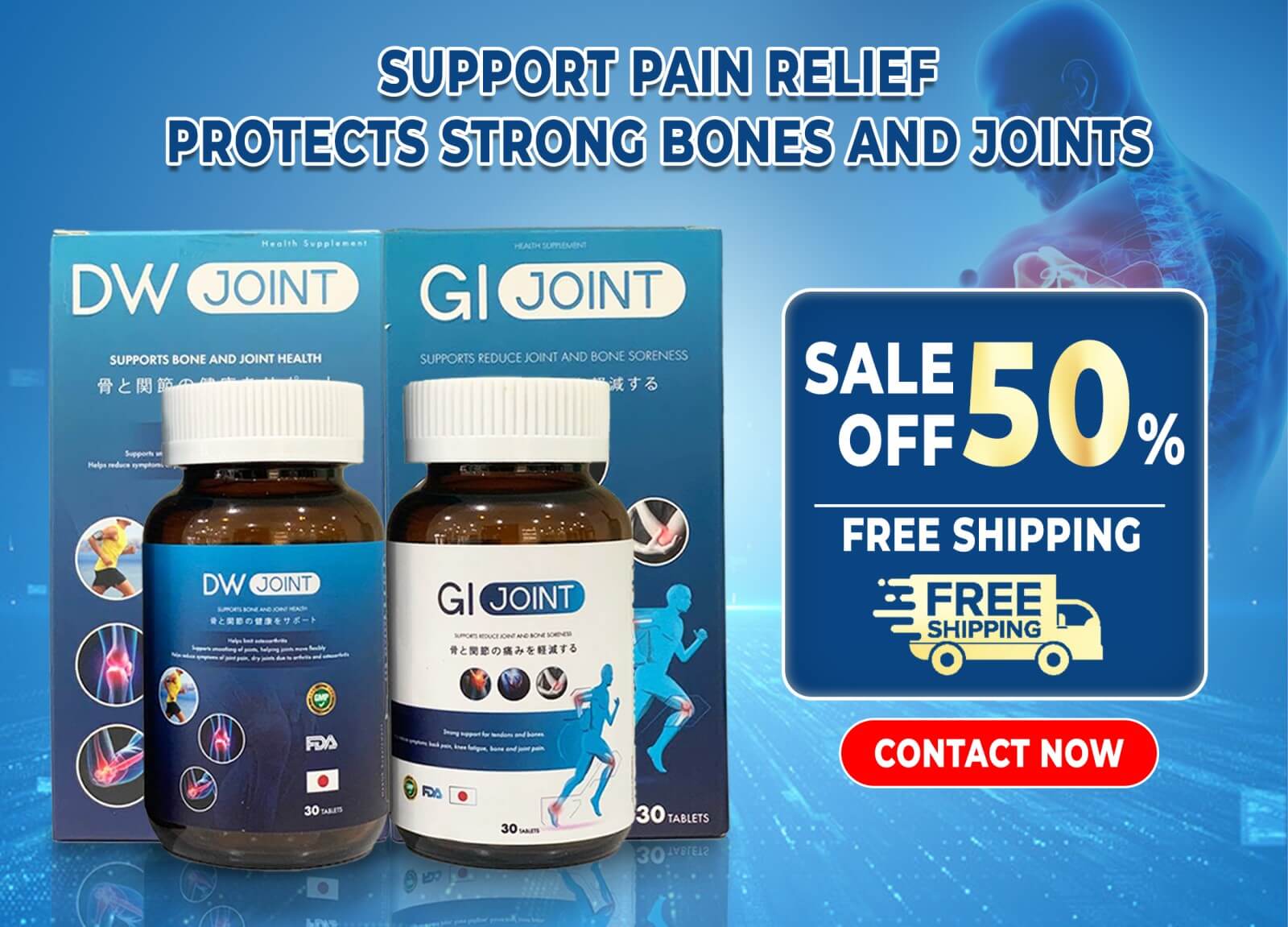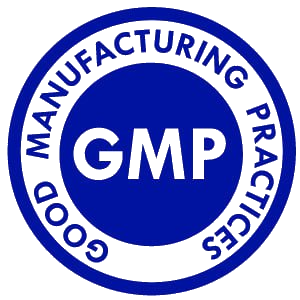Đốt sống cổ đóng vai trò quan trọng trong việc truyền tải thông điệp từ não để điều khiển hoạt động của phần dưới cơ thể. Khi bị thoái hóa, không chỉ gây đau và mỏi vùng cổ mà còn làm giảm khả năng vận động của vai, cánh tay và bàn tay.
Đốt sống cổ đóng vai trò quan trọng trong việc truyền tải thông điệp từ não để điều khiển hoạt động của phần dưới cơ thể. Khi bị thoái hóa, không chỉ gây đau và mỏi vùng cổ mà còn làm giảm khả năng vận động của vai, cánh tay và bàn tay.
Thoái hóa đốt sống cổ ảnh hưởng đến chức năng vận động và có thể gây gián đoạn lưu thông máu não. Cấu tạo của cột sống cổ cho phép chúng ta linh hoạt quay đầu và nhìn các hướng khác nhau.
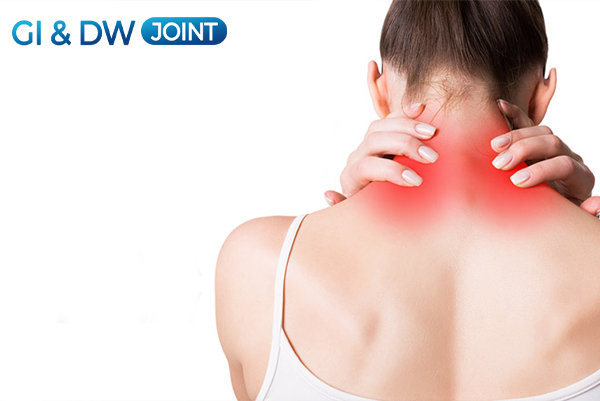
Cấu tạo và chức năng của cột sống cổ
Chúng ta có thể dễ dàng xoay đầu, nhìn trước sau nhờ sự linh hoạt của các đốt sống cổ. Vậy, bộ phận này có cấu trúc thế nào và chức năng ra sao? Hãy cùng tìm hiểu!
Cấu tạo cột sống c
Cột sống cổ gồm 7 đốt sống (C1-C7), kết nối hộp sọ với đỉnh vai. Các đốt sống gần hộp sọ nhỏ và linh hoạt hơn so với đốt sống gần vai. Khi nhìn ngang, cột Chức năng của đốt sống cổ
Function of the Cervical Vertebrae
Ngoài chức năng cho phép đầu chuyển động, cột sống cổ còn có vai trò quan trọng:
- Protecting the spinal cord: The cervical vertebrae form a tunnel that safeguards the spinal cord, which transmits signals from the brain throughout the body.
- Facilitating blood flow to the brain: The small openings in the cervical vertebrae (C1–C6) allow arteries to carry blood to the brain.
With a complex network of nerves, blood vessels, and joints in a small space, the cervical spine is one of the body’s most intricate areas.
Cervical Spondylosis and Common Symptoms
Cervical spondylosis, also known as cervical osteoarthritis, refers to the degeneration of cartilage and subchondral bone, leading to neck pain. This is a common condition, affecting over 85% of individuals over 60 years old.
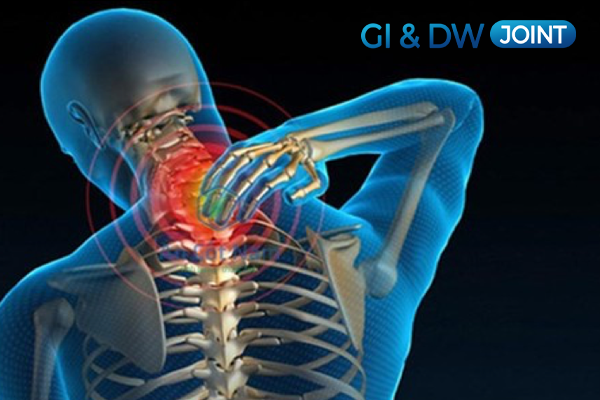
What is Cervical Spondylosis?
Cervical spondylosis is the wear and tear of cartilage and subchondral bone, causing neck pain, particularly in people over 60. If left untreated, it can become chronic, leading to joint stiffness and limited mobility.
Common Symptoms:
- Pain: Radiates from the neck to the shoulders and arms, worsening with coughing, sneezing, or tilting the head backward.
- Muscle weakness: Makes it difficult to lift arms or grip objects.
- Other symptoms: Neck stiffness, headaches, shoulder-arm numbness, and tingling sensations in the neck.
If neck pain persists for several days, it is advisable to seek medical evaluation and treatment promptly.
Causes of Cervical Spondylosis
Cervical spondylosis occurs due to the wear and tear of bones and cartilage. The main causes include:
- Natural aging: Bones may develop bone spurs to support the spine, but these can compress the spinal cord and nerves, causing pain.
- Disc dehydration: After age 30, spinal discs gradually lose moisture, reducing their shock-absorbing ability, causing vertebrae to rub against each other and trigger pain.
- Herniated discs: A ruptured disc can leak its gel-like substance, pressing on the spinal cord and nerves, leading to shoulder and arm pain.
- Cervical spine injuries: Accidents, falls, or repetitive microtrauma (such as frequent motorcycle riding) can accelerate degeneration.
- Reduced ligament elasticity: Over time, ligaments that connect the vertebrae lose flexibility, causing spinal stiffness and pain during movement.
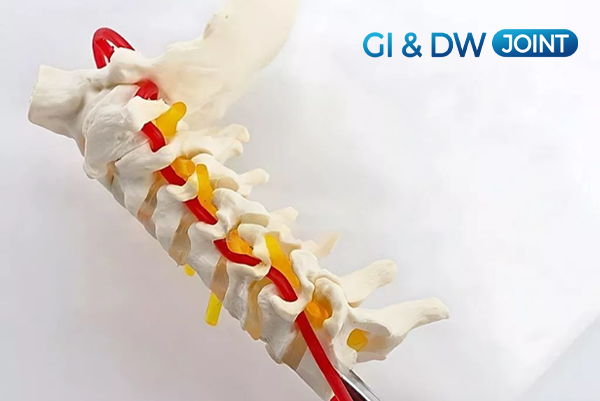
Other Contributing Factors:
Besides the primary causes, the following risk factors can also contribute to cervical spine degeneration:
- Repetitive neck movements
- Prolonged poor posture (e.g., sleeping on one side)
- Family history of cervical spondylosis
- Smoking
- Obesity
- Lack of physical activity
Autoimmune Disorders and Cervical Spondylosis
Cervical spondylosis is not only linked to aging, weight, and posture but also to immune system disorders. An overactive immune response may attack joint cartilage, leading to inflammation and degeneration.
Repeated microtrauma can release cartilage fragments into the bloodstream, triggering an immune reaction and the production of autoantibodies, which harm the cervical joints. This can cause silent degeneration, even when no symptoms are initially present.
Who Is at Risk of Cervical Spondylosis?
Certain groups are at higher risk of developing cervical spondylosis:
- Older individuals: Neck mobility disorders increase with age.
- Overweight individuals: Excess weight adds pressure on cervical joints, reducing their function.
- Those with a family history: If cervical spondylosis runs in the family, the risk is higher.
- People with joint disorders: Pre-existing joint or bone conditions, such as congenital joint disease or arthritis, can increase susceptibility.
- Occupations involving neck strain: Jobs in construction, woodworking, and metal casting can contribute to cervical spine damage.
- Improper exercise habits: Excessive exercise can strain the cervical joints, leading to wear and tear.
However, cervical spondylosis can occur in anyone, regardless of age or health status.
Serious Complications of Cervical Spondylosis
Cervical spondylosis causes pain, restricts movement, and impacts daily activities. More dangerously, prolonged spinal cord and nerve compression can result in permanent damage, leading to near-total loss of neck mobility.
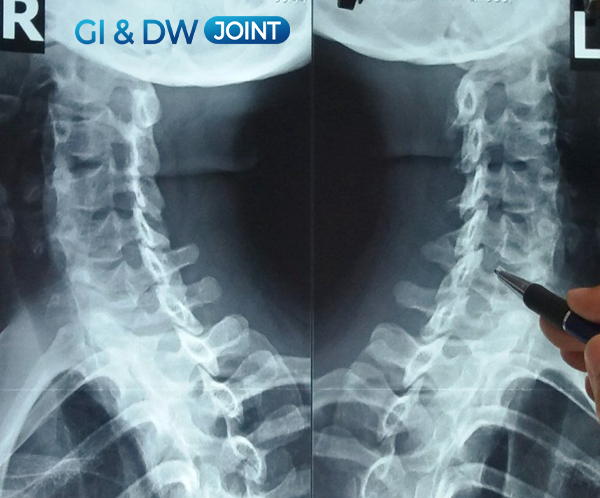
Treatment for Cervical Spondylosis
Treatment plans vary based on severity, focusing on repairing cartilage and subchondral bone damage. Methods are adjusted to alleviate pain, maintain mobility, and prevent permanent spinal cord or nerve damage.
1. Pain Relievers and Anti-inflammatory Medications
Over-the-counter pain relievers alone are not sufficient for treating cervical spondylosis. Most patients require prescription medications such as:
- Anti-inflammatory drugs: Though available at pharmacies, these should only be taken under a doctor’s supervision. Self-medication can be harmful.
- Muscle relaxants: Help reduce neck muscle spasms, allowing smoother movement.
- Anti-seizure medications: Reduce nerve pain caused by spinal cord damage.
- Antidepressants: Though not commonly prescribed, they can significantly alleviate cervical pain when necessary. Always follow a doctor’s instructions when using these medications.
2. Physical Therapy
Physical therapy aims to create space within the spinal canal, reducing nerve compression. Tailored exercises focus on stretching and strengthening neck and shoulder muscles.
3. Surgery
Surgery is recommended only when symptoms persist or worsen despite medication and physical therapy. Procedures involve removing herniated discs or excess bone growth that compress the spinal cord and nerves
Importance of Cervical Spine Health

The cervical spine not only supports movement but also ensures blood circulation to the brain and transmits signals from the brain to other body parts. If you notice unusual neck symptoms, visit an orthopedic specialist for timely evaluation and treatment.
Some people also use acupuncture or acupressure for temporary relief, though these methods do not provide deep, long-term recovery.
Prevention and Lifestyle Adjustments for Cervical Spondylosis
Maintaining a healthy lifestyle is key to strong bones and joints. This can be challenging, especially for younger individuals, but small daily habits can make a difference:
1. Cervical Spine Exercises
Spending just 15–20 minutes daily on simple neck, shoulder, and back exercises can effectively prevent and alleviate cervical spondylosis.
2. Optimal solution from GI JOINT & DW JOINT
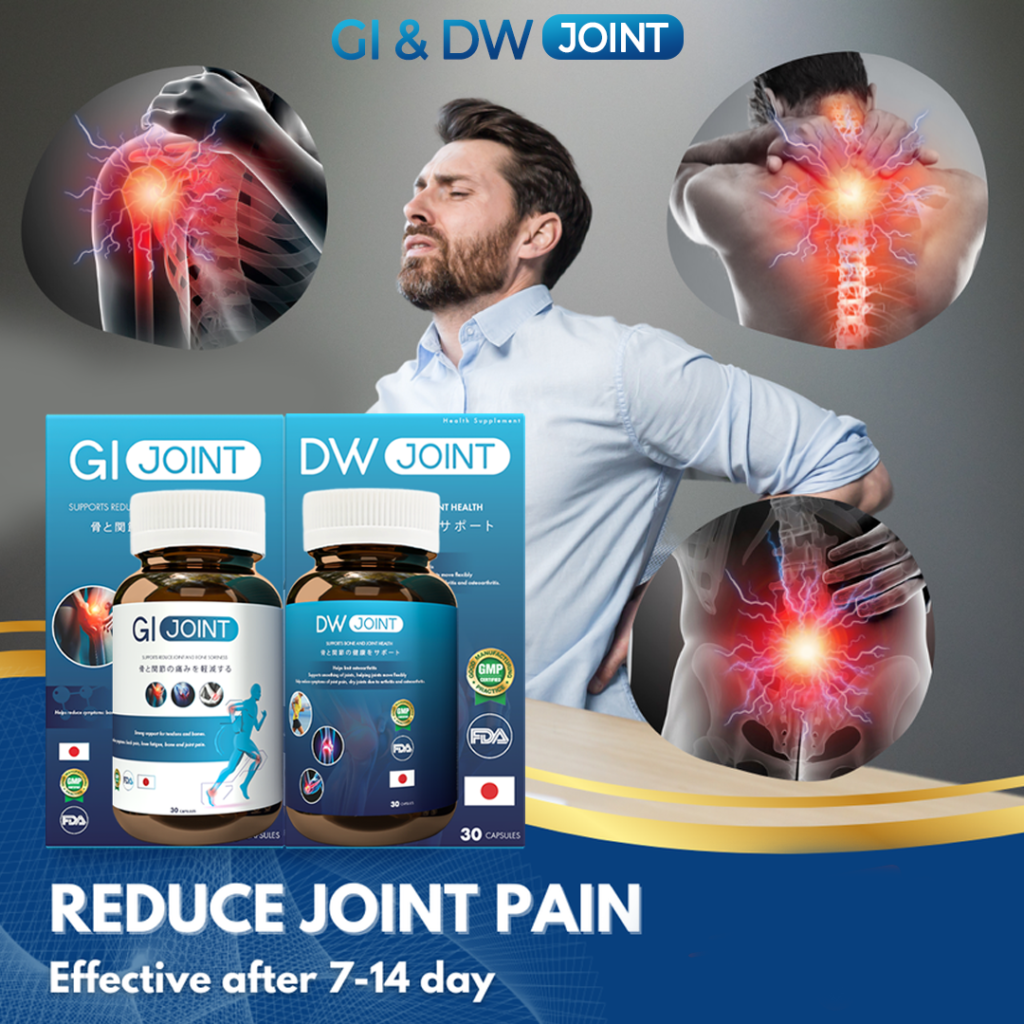
Nutrition fuels all body cells, including cartilage and subchondral bone cells. Experts from GI & DW JOINT have prepared a “bone-healthy diet guide”—take a few minutes to check it out!
Ensuring proper nutrient intake helps prevent inflammation and supports cartilage regeneration.

